Top 5 Most Beautiful Historical Sites in Serbia
Continuously occupied since the Palaeolithic Age, modern day Serbia was originally the territory of Slavic migrants in the 6th century. In the time since, it ... read more...has been recognised as a part of the Byzantine, Frankish, and Hungarian kingdoms. The Serbian Kingdom obtained recognition by the Holy See and Constantinople in 1217, reaching its territorial apex in 1346 as the Serbian Empire. It was then annexed by the Ottomans, with their rule being occasionally interrupted by the Hapsburg Empire. Subsequent Yugoslav wars have seen the territory disputed and re-outlined. The result is a country with a range of historic sites which reflect its changeable past. Toplist chosen the most beautiful historical sites in Serbia which make for essential viewing when paying a visit.
-
Nicknamed ‘Gibraltar on the Danube’, Petrovaradin Fortress is a 17th century fortified structure in Novi Sad, Serbia. There has been a fortress on the site by the River Danube since the Bronze Age; the first fortifications on the site of Petrovaradin Fortress were built by the Romans and expanded by Cisterian monks in the 13th century. In 1991, Petrovaradin Fortress was made a member of the Spatial Cultural-Historical Units of Great Importance list in Serbia.
The remains of a Paleolithic settlement at the upper fortress was found dating back to 19,000 to 15,000 BC, establishing that since there has been continuous settlement on the site. Ramparts found in 2005 suggest their was a fortified settlement existed at Petrovaradin. When the Romans arrived, they built Cusum the fortress, part of a border along the Danube. The turning point in the area’s history came in 1235 AD when King Bela of Hungry brought over a group of Cistercian monks from France. Between 1247 and 1252, the monks built a monastery on the Roman remains.
Today, Petrovaradin Fortress is a popular tourist destination and visitors can tour its walls as well as its buildings. Walk up the sweeping steps and under the portico gateway, covered in moss, with the impressive whitewashed clock tower standing above. One of the most popular aspects of Petrovaradin Fortress is its catacombs, which are believed contain the riches of Serbia’s medieval leaders.
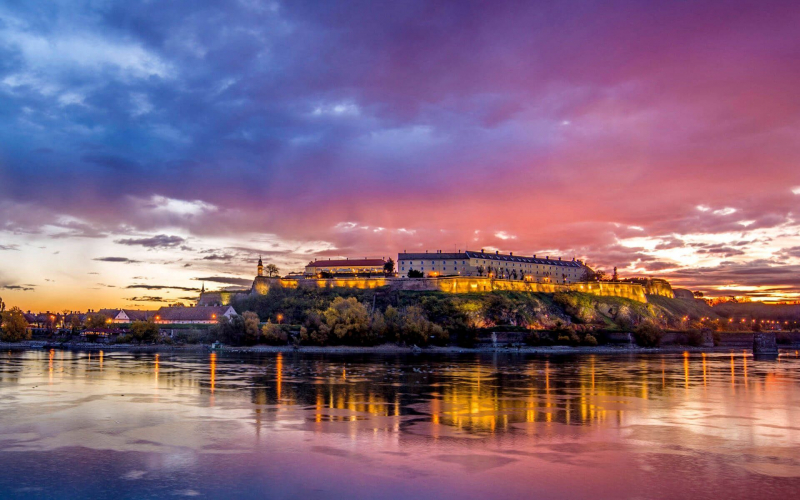
Templeseeker 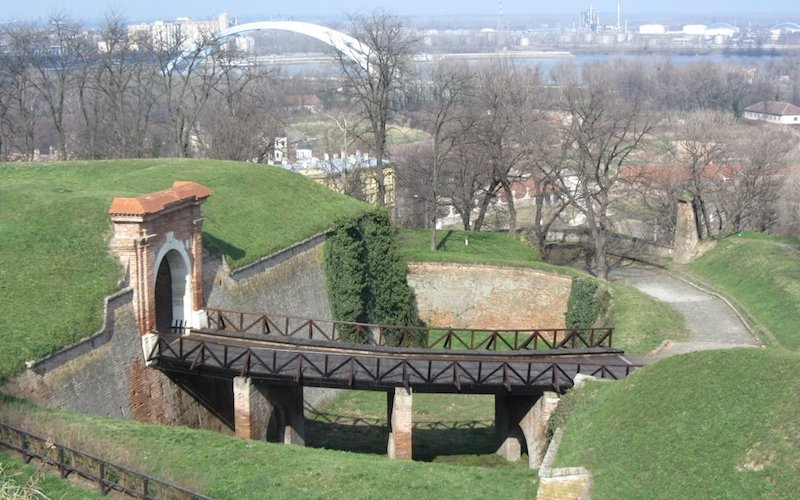
Templeseeker -
The Sirmium Imperial Palace complex in Serbia contains the remains of a Roman imperial palace which was home to several Roman Emperors, including Constantine I. Built at the end of the 3rd or beginning of the 4th century AD, the complex has now been opened to the public as a museum and one . The ancient Roman settlement of Sirmium was founded in the 1st century AD and grew to become one of the most important cities of the Roman Empire. Indeed, by the end of the 3rd century Sirmium had become one of four designated capitals of the Empire.
Discovered in the 1950s, the Sirmium Imperial Palace complex has been carefully excavated over the years, revealing a multitude of finds including remnants of the private rooms of the Emperors and even a Roman circus. The site also contains a number of well preserved mosaics, frescos and ornaments as well as the underground heating systems employed by the Romans.
Today the Sirmium Imperial Palace complex is one of the most important Roman sites in Serbia and is a testament to the central role this area played in the middle and late Roman Empire. See excavated mosaic flooring, baths and ancient heating systems on display, and an illuminated scale model of Sirmium when visiting the site. Only steps away is the Museum of Srem, offering a chance to see a unique Roman sundial with the sculptures of Atlas, Hercules and Ifikles, half brother of Hercules.
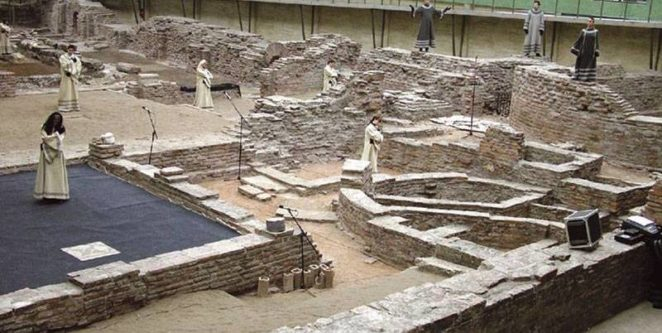
Virily 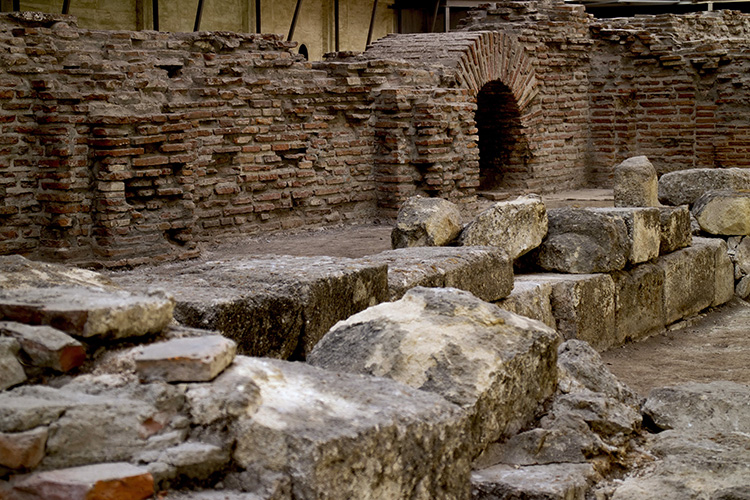
Iter Romanum -
The Serbian Monument to the Unknown Hero was built in memory of the victims of World War One as well as the Balkan Wars. It is located on the former site of the medieval Zrnov fortress. It is believed that the first outpost on top of the mountain was built by the Celtic tribe of Scordisci around the 3rd century BCE. Later, the Romans built a fortified outpost, likely on the foundations of the earlier Celtic one. The Ottomans conquered the fort several times in the 15th and 16th centuries. It is estimated that the fort was eventually abandoned in the 18th century. The remains of the original fortifications were demolished by dynamite in 1934 to clear the site for the construction of the new monument.
The unknown hero who was originally buried at the top of the Avala mountain is believed to have been killed by Austrian howitzer missiles in 1915. For several years after the war, only a wooden cross marked the grave. In 1921, momentum built to construct a more dignified commemorative mark, as members of the Allied Forces began erecting monuments across Europe. The national exhumation committee put together in 1923 learned more about the figure but was ultimately unable to confirm his identity.
The soldier was recognised to be a young male wearing standard military clothing. Possessions on his person included a wallet with coins and a piece of paper that was barely recognisable. Some concluded this paper to be a personal letter whilst others suspected that it was a banknote. Just outside of Belgrade, this monument serves as a reminder of the mass casualties the Serbian people suffered during World War One and the Balkan wars. The surrounding area has lush parkland. Nearby is Avala Tower, one of the tallest structures in Serbia, with beautiful views from the observation deck.
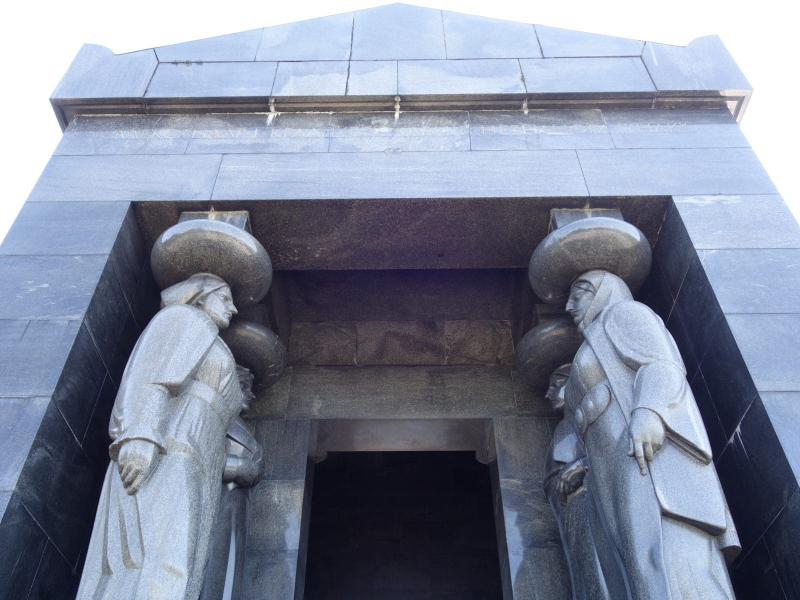
Balkan Insight 
Belgrade Beat -
The House of the National Assembly of the Republic of Serbia is the seat of the National Assembly of Serbia. The building is on Nikola Pašić Square in downtown Belgrade, and is a landmark and tourist attraction and one of the most beautiful historical sites in Serbia. Between its completion in 1936 and 2006, it was the seat of the Parliament of Yugoslavia and the Parliament of Serbia and Montenegro.
King Peter I built the House of Representatives of the Kingdom of Serbia near the former location of a large Batal mosque. The first plans for the future House of Representatives were drawn up by architect Konstantin Jovanović in 1891. His plans were slightly revised because of a new state constitution mandating a bicameral legislature. Architect Jovan Ilkić won a 1901 design competition, adhering to Jovanović's basic plan. The cornerstone of the House of Representative was laid in a public 1907 ceremony by King Peter I in the presence of other members of the royal family and senior officials. Construction lasted until 1936, interrupted by the Balkan Wars, World War I, and the Great Depression. The first session in the new house took place on 20 October 1936.
The building is designed in neo-baroque style. Its interior, completed in 1938, was designed by Russian architect Nikolai Krasnov. Krasnov designed every detail: chandeliers, lamps, handles, windows, and furniture. His plans were painted in watercolor, rather than a classical technical drawing with pencil and ruler. Lawmakers did not have long to enjoy the newly built House of Representatives.
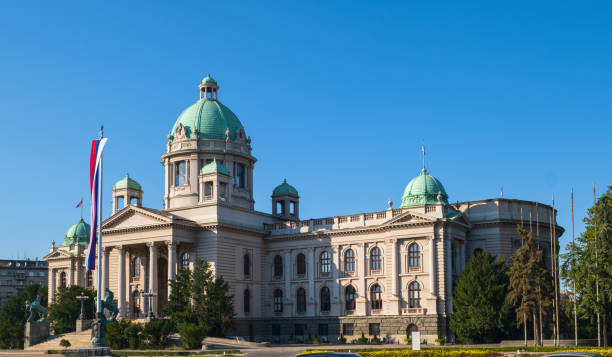
iStock 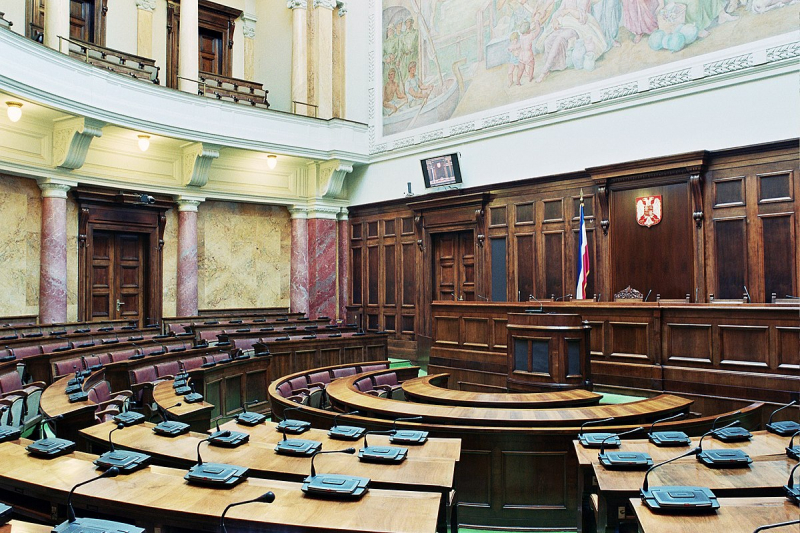
Wikipedia -
Located in Belgrade, Princess Ljubica’s Residence is one of the few buildings dating back to the first reign of Miloš Obrenović at the beginning of the 19th century and one of the most beautiful historical sites in Serbia. Built between 1829 and 1830, it is one of the most remarkable preserved examples of civil architecture of the era, and is generally regarded to be one of the most beautiful buildings in the city.
It was lived in by Princess consort of Serbia Ljubica Vukomanović, the three stories open to the public demonstrate a mixture of Turkish and European architectural and decoration influences. Designed as a ruler’s residence, this house was actually designed to provide a cheating husband with an escape from his wife.
Today it is part of the Belgrade City Museum. Ljubica was loved by the people but her marriage with Miloš was volatile and he was frequently unfaithful to her. In order to get himself a bit of freedom, Miloš sent Ljubica and the children to Belgrade to live in this building. The permanent exhibition reflects the interior of bourgeois houses in Serbia from back then. It is a perfect way to drift away into the life of Belgrade’s citizens in the past. The temporary exhibitions are usually organized in the mezzanine covering different topics from baroque in Belgrade to jewelry excavated in the area.
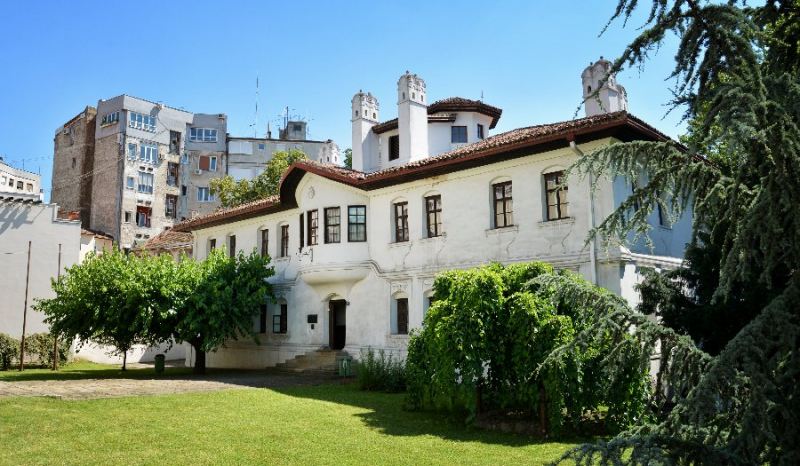
Belgrade Beat 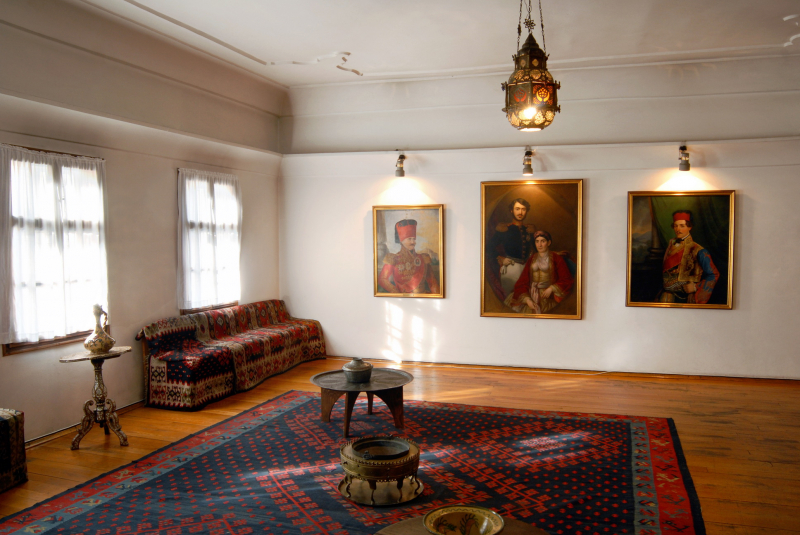
Wikiward


























